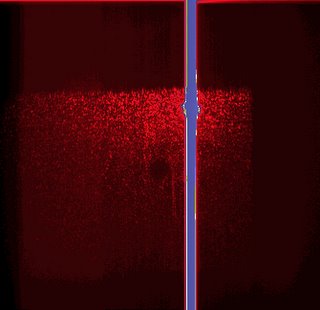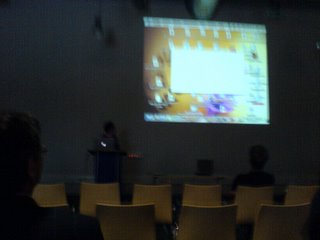venting: break interlock1. beamline: close beamstop, then valves, on doocs
2. nitrogen flow for venting ok?
3. high voltages etc in chamber off?
4. break interlock by turning off the tmp, make sure to turn it on again!
5. wait until >1000mbar on the gauge controller
pumping down: bridge interlock1. rough down chamber slowly by external pump
2. close and LOCK! external pump
3. bridge interlock:
3a. roughing pump starts
3b. valves open (clacclacclac, few secs)
3c. tmp spin up
4. re-activate interlock (after tmp running)
5. on interlock controller: 1,2,9,10,11 pumpen etc on (upper lights green)?
6. on interlock controller: 6,7 pressure gauges: bridge off only when setpoint reached
7. pressure should drop within 5 minutes to 10-5mbar
-tcp380 x3 on spin up speed 2 min 1000Hz 0.5A (not more than 1A)
-tcp600 x1 on spin up speed 5 min 650Hz 2A (not more than 3A)
interlock basicsgauges 1,2 (pfeiffer)->
gauge controller (pfeiffer)
2 interlock signals: 1-> interlock controller; 2-> ring connection to doocs
------| interlock (pumps ok?) |-----------| pressure gauges ok? |---V
|
doocs----------------------------------------------------------------------^
mechanical pumps-white cable: interlock
-valves: white cable interlock
-white interlock cables serial in
a) Umschaltbox für Ventile (valves)
b) Umschaltbox für VorVacuumPumpe (mechanical pumps)
-small edwards pump: gauge controlled by pressure air & 24V
-other pumps 230V
-white power strip (3x, red TU) controlled by interlock for valves (for this use ONLY)
interlock comment:
the pressure gauge interlock in our system is only to protect the pumps, therefore the setpoint is rather high.
the beamline pressure interlock is to protect the beamline, therefore the setpoint is much lower (5e-7 mbar).




